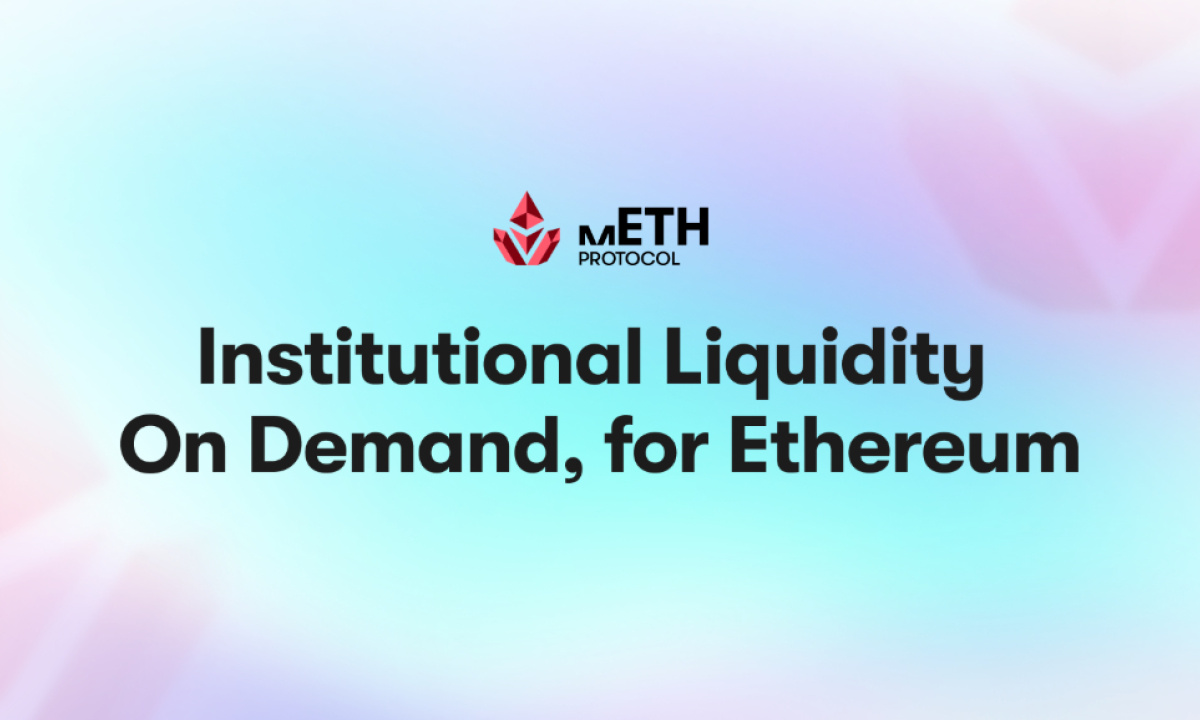An initial public offering (IPO), also known as an initial purchase offering, is a significant milestone in a company’s growth. It represents the moment when a company becomes publicly available on a stock exchange, enabling traders to acquire shares of the business. Going public through an IPO is an excellent method for companies to raise capital and improve their performance. It indicates the successful advancement of a company to a stage where it attracts the attention of public investors.
When a company decides to go public, it typically hires an investment bank or underwriter to assist in the process. The investment bank helps the company determine the appropriate IPO price and manages the issuance and distribution of shares to potential investors. This helps ensure that the IPO is structured in a way that maximizes value for the company and its shareholders.
Before announcing an IPO, companies must undergo a thorough examination by the Securities and Exchange Commission (SEC), which is a regulatory body responsible for protecting investors and maintaining fair markets. The SEC scrutinizes the company’s financial statements, business operations, and any potential risks to investors. This examination is designed to provide transparency and protect the interests of potential shareholders.
Before a company can go public, it must also consider its valuation. Valuation refers to the process of determining the worth of a company and its shares. In the case of an IPO, the company’s valuation plays a crucial role in determining the initial offering price of its shares. Valuation is typically done by analyzing various financial metrics, such as revenue, earnings, and market demand for the company’s products or services.
Once a company has determined its valuation and received approval from the SEC, it begins the process of promoting its IPO. The company engages in an extensive marketing campaign to attract potential investors and generate interest in its shares. This includes roadshows, where company executives and underwriters meet with institutional investors to present the company’s business strategy, financials, and growth prospects.
During this marketing period, the company also prepares an IPO prospectus, which is a detailed document that provides information about the company’s business, financials, and risks. The prospectus is distributed to potential investors and serves as a valuable resource for making an informed investment decision.
On the day of the IPO, shares of the company become available for purchase on the designated stock exchange. The initial offering price is determined based on investor demand and market conditions. The company typically raises a significant amount of capital through the IPO, which can be used for various purposes, such as funding expansion plans, paying off debt, or investing in research and development.
Going public through an IPO has several advantages for companies. Firstly, it provides access to a large pool of capital, allowing companies to fund their growth initiatives and expand their operations. Secondly, an IPO increases the company’s visibility and credibility, making it easier to attract top talent and form strategic partnerships. Additionally, being a publicly traded company provides liquidity for shareholders, as they can buy or sell shares on the stock exchange.
While an IPO can be a lucrative opportunity for companies, it is important to note that going public also comes with certain challenges and risks. Public companies are subject to extensive regulatory requirements and reporting obligations. They must comply with financial reporting standards, disclose material information, and adhere to governance guidelines to protect the interests of shareholders. Additionally, public companies face increased scrutiny from analysts, investors, and the media, which can impact their reputation and stock performance.
In conclusion, an initial public offering (IPO) is a process through which a privately held company transitions into a publicly traded entity. It allows the company to raise capital, improve its performance, and gain access to a larger pool of investors. The IPO process involves thorough examination by regulatory bodies, determining the company’s valuation, marketing the offering to potential investors, and ultimately listing the shares on a stock exchange. While an IPO presents significant opportunities, companies must carefully consider the associated challenges and risks before deciding to go public.














